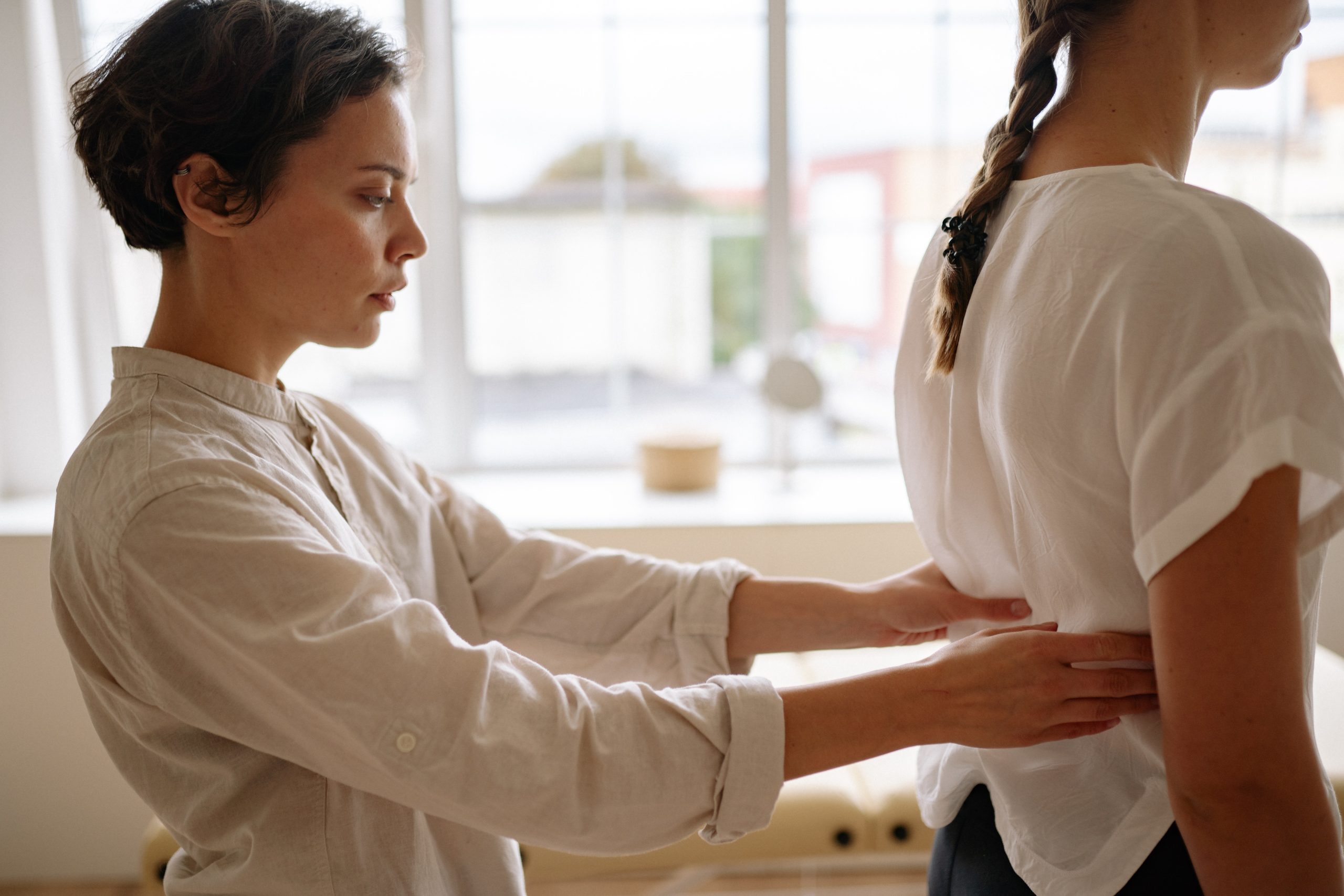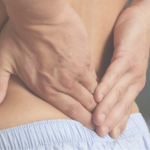Does your back feel uncomfortable when you’re sustaining a certain position? Does it persistently “niggles”? The older we get, the more we feel random stabs of pain in different parts of our body. Aside from joint pains, back pain is one of the common concerns we feel as we age.
Back pain is a big disability in the adult population. Studies have shown that 23% of the world’s adults suffer from chronic lower back pain, and an estimated 84% rate of lifetime prevalence. Whilst most episodes of back pain resolve within 6 weeks, others may require a lot more effort. Physiotherapy for back pain is the first solution for both chronic and acute types.
Causes of Back Pain
More often than not, back pain is a result of more than one cause. When a person suffering from a sore back comes in for a consultation, sometimes they also complain of having pains in the other areas of their body. This is because our body adapts so easily. When a joint becomes irritated or a muscle is fatigued, other parts of the body compensate for the poor movement–usually that part is the back.
Other causes of back pain may include the following:
- Weakness and stiffness – due to lack of exercise, sitting, or staying in one position for too long. This can also be because of poor posture.
- Strained muscle or ligament – this happens when you suddenly lift something heavy, especially when you put all your weight through your trunk.
- Hypomobility or hypermobility – Hypomobility is the decrease in range of motion that is caused by arthritis or an injury that results in the tightening or shortening of your ability to stretch normally. Meanwhile, hypermobility is having increased flexibility. People with hypermobility are usually called “double-jointed” because of their ability to stretch and fold their joints abnormally. Their risk for dislocation is very high.
- Age-related factors – Some conditions to look out for are Osteoarthritis (also known as Degenerative Disc Disease), which is the degeneration of the cushion of the spine, and Osteoporosis, which is a bone disease that develops when the density, structure, and mass of the bone changes and its strength decreases.
Treatments for Back Pain
Physio for back pain injury is the best pain relief treatment, so you can regain your mobility and flexibility. Some of the techniques may include the following:
- Educating and advising the patient on how to deload the sensitive area and protect from further harm
- Pinpointing the main cause of the pain and applying a deep tissue massage
- Joint manipulation and mobilisation
- Dry needling to encourage the blood flow and relaxation of muscles
- Taping protect the joints from further irritation
- Training and exercise to reintroduce your joints and muscles to their former range of motion.
- Introducing strategies to future proof episodes, ergonomic management, and lifestyle factors.
How to Prevent Back Pains
Prevention is better than cure–this is true even when it comes to back pains. For starters, one simple way to reduce back pains is to be mindful of your posture. It’s easy to just slouch, especially when you’re sitting comfortably, but don’t forget to stretch your muscles. Your back will thank you later! Research has shown that there is no one “best” posture. Movement is medicine. Change positions often and find what’s comfortable.
Core exercises can also help you by building the muscles around your back. A strong core muscle can help improve the functionality of your lower back, thus lowering the risk of having chronic back pains. You can strengthen your core by doing simple exercises like bird dogs, table-tops, and side planks. Reformer Pilates is a great form of exercise if you’re needing more guidance to target specific areas of the core and glutes.
Early intervention is one of the ways to prevent your simple or acute back pain from being chronic. Your physiotherapist will perform an in-depth assessment for you to start your journey to recovery.
Eating healthy food, weight management, along with regular exercise, can also do wonders when it comes to preventing back pains. But when all else fails, rest assured that there are back pain treatments in Brisbane City and Wollonggabba that can help you with pain management and prevent them from coming back.
If you’re looking to relieve your back pain, contact our team at Leaders Sports and Spine Physiotherapy, and we’ll assess the best treatment plan for you. You can also visit us at our physio clinics in Brisbane CBD and Woollongabba today.






